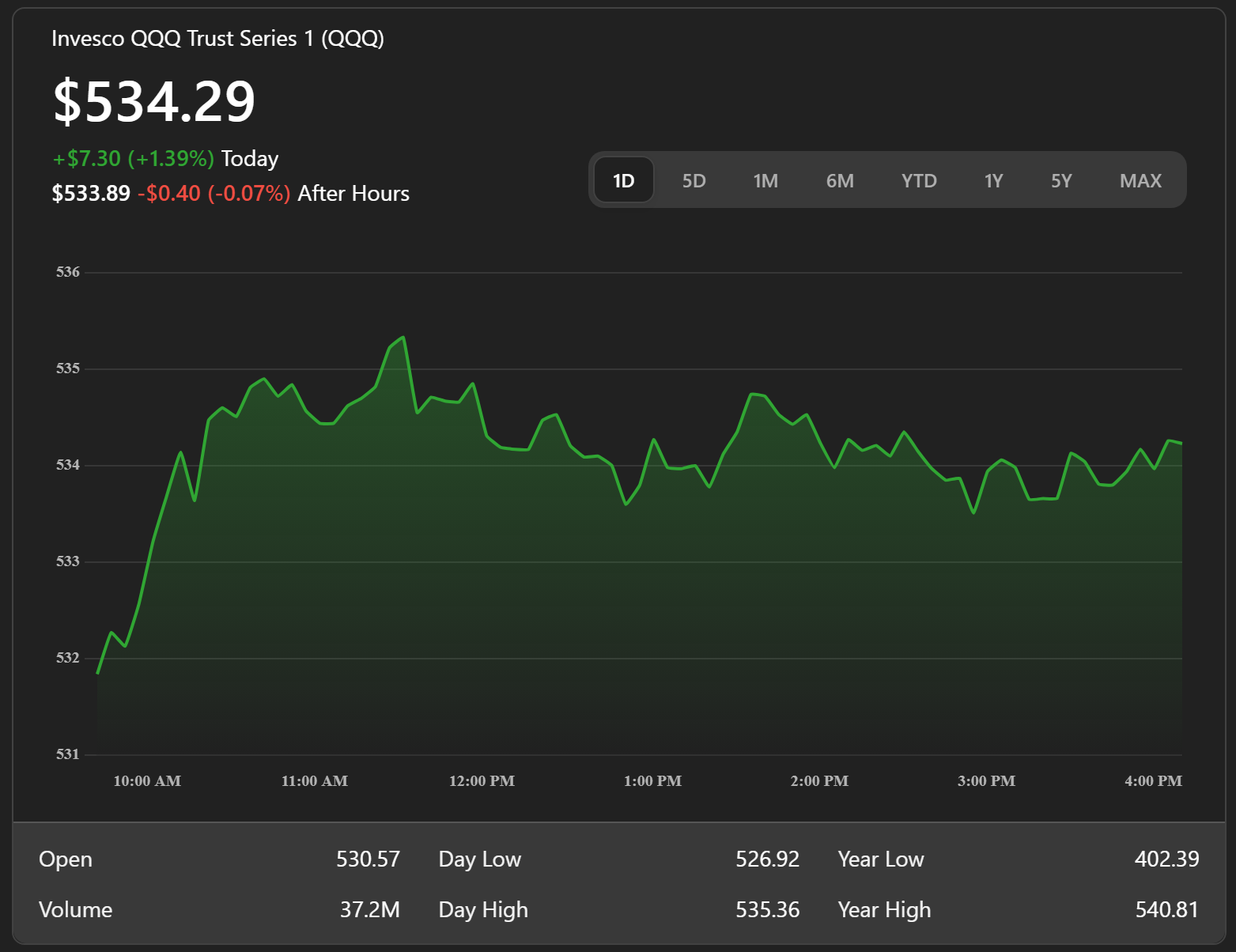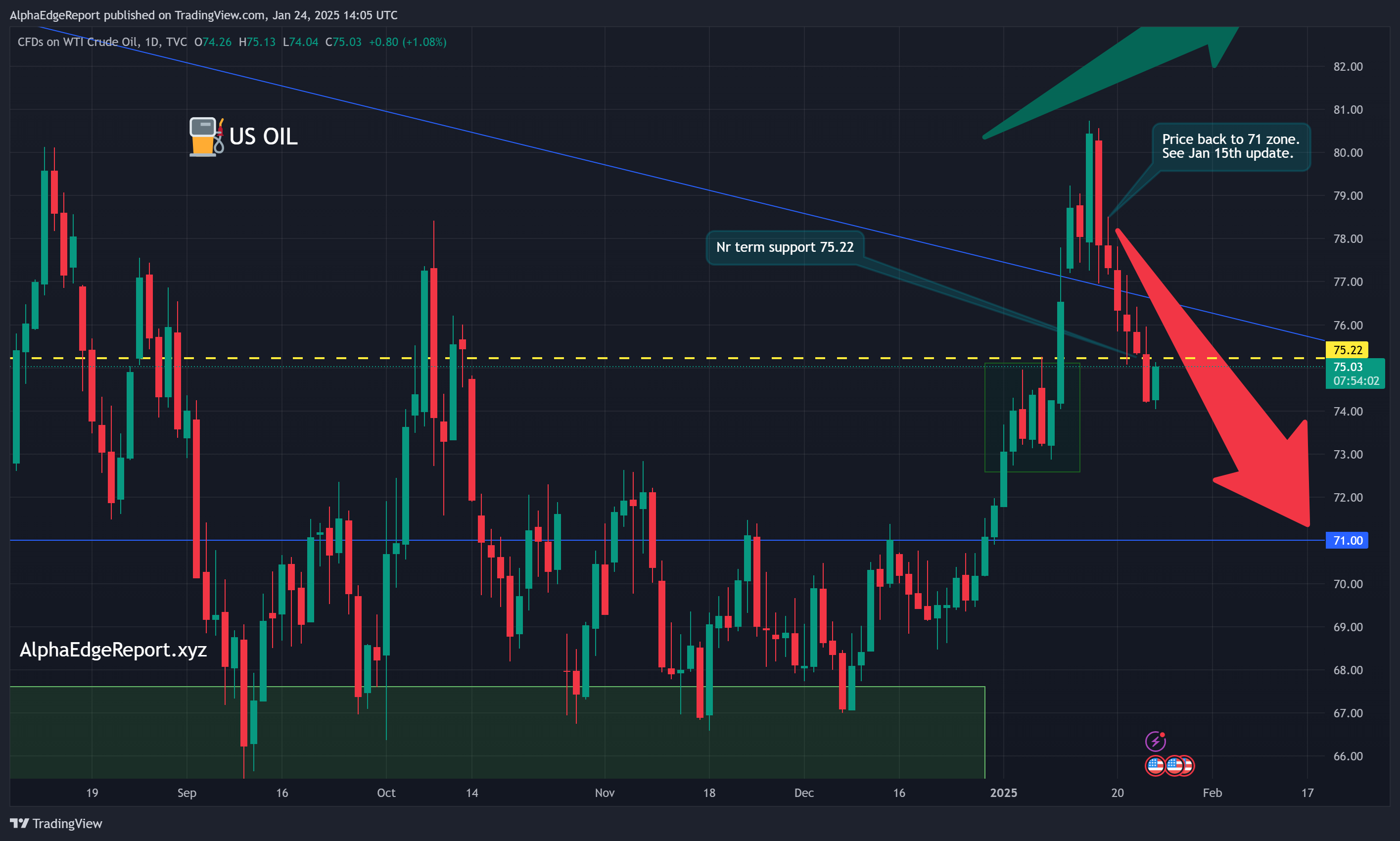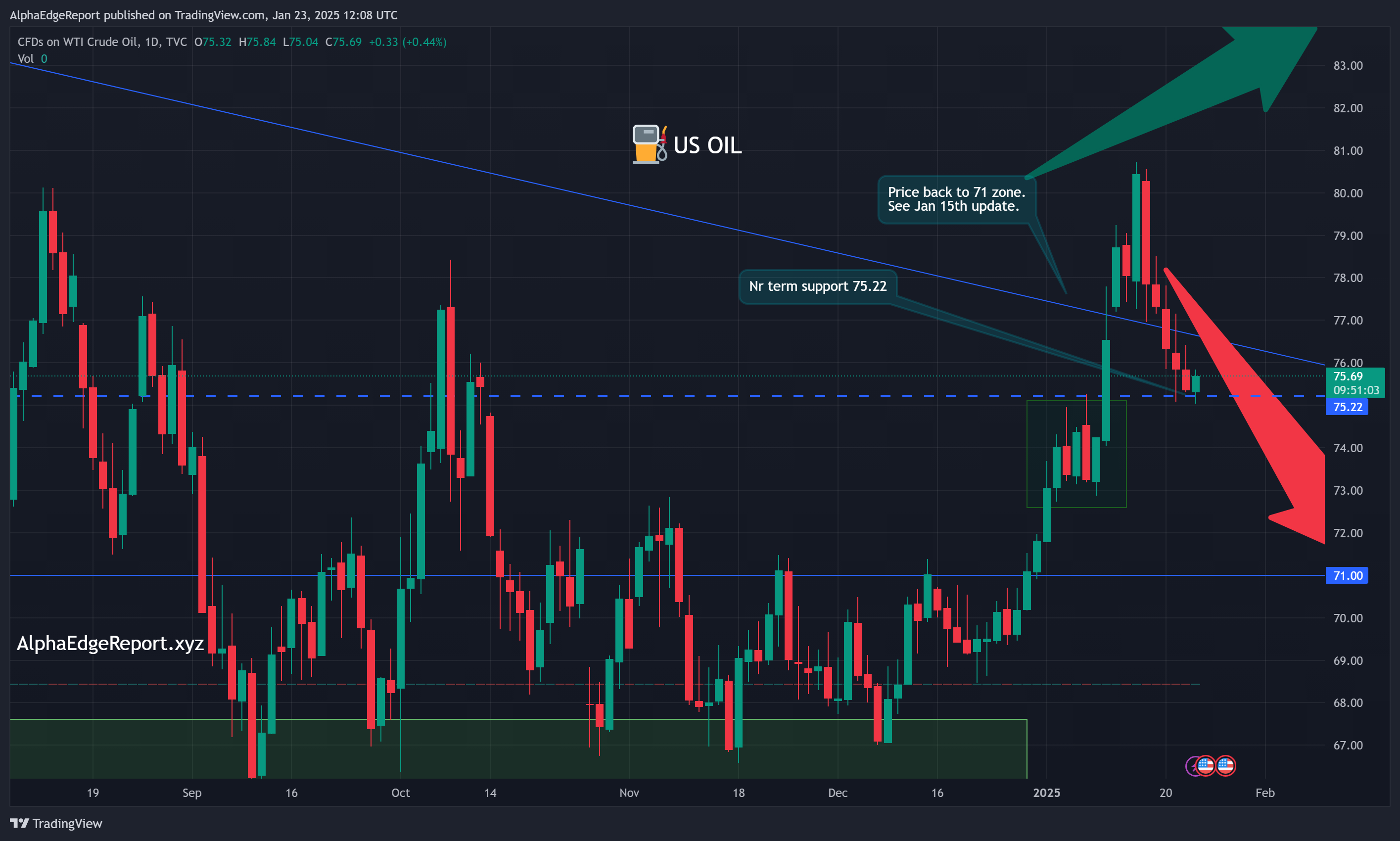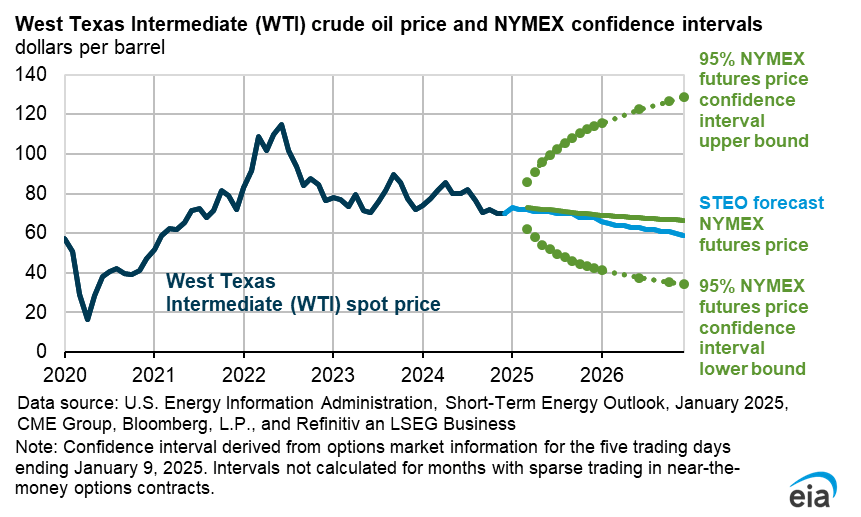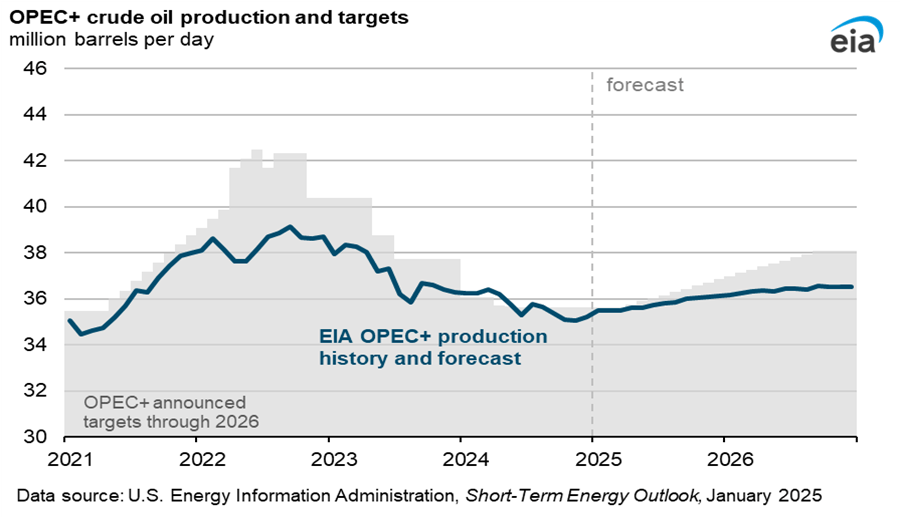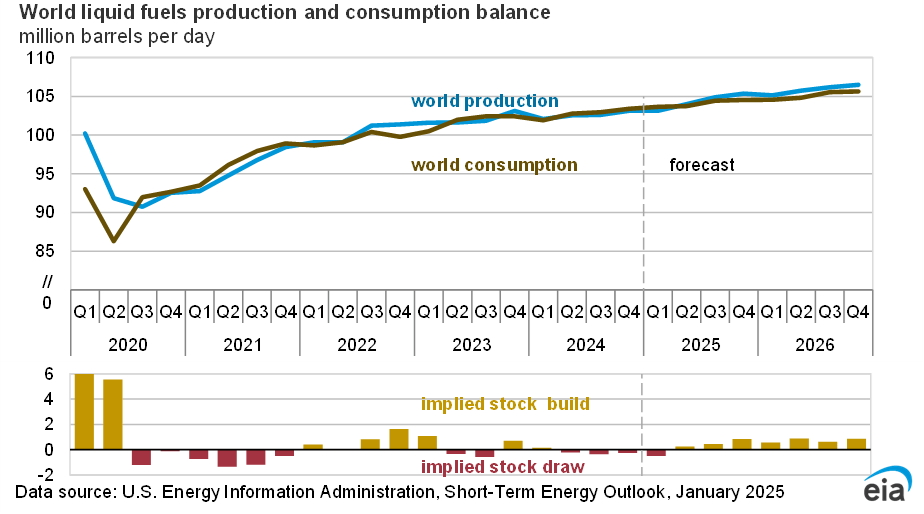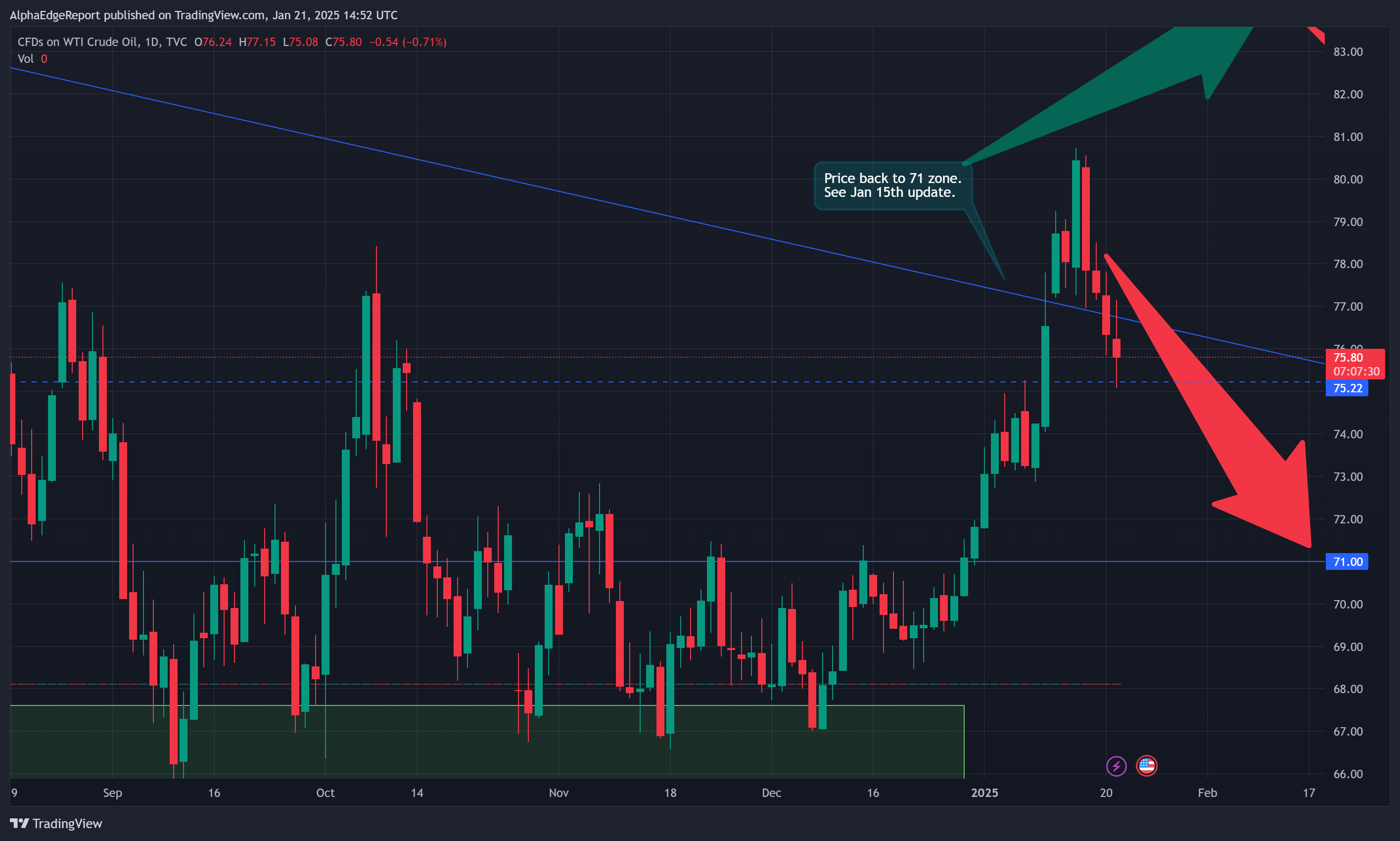Market Insights: January 27, 2025
The financial markets on January 27, 2025, painted a picture of complexity and divergence. Investor sentiment remained divided, swayed by a series of macroeconomic data releases, sector-specific movements, and the anticipation of crucial central bank meetings. The mood was one of cautious recalibration, as markets responded to shifting economic indicators and sectoral pressures.
Click for concise version
A Mixed Economic Backdrop
In the eurozone, optimism bubbled up as stronger-than-expected PMI data pushed government bond yields higher. Across the Atlantic, however, the mood was more subdued. U.S. Treasury yields dipped, driven by disappointing consumer sentiment and underwhelming services PMI readings. These contrasting signals added to the global uncertainty, as markets grappled with how inflation and monetary policy might evolve in the coming weeks.
Meanwhile, global equity markets broke an eight-day winning streak, weighed down by fears over inflation and tightening central bank policies. With a data-heavy week ahead—including the Federal Reserve’s rate decisions, PCE inflation data, and GDP reports—investors adopted a wait-and-see approach.
The Tech Sector Takes a Hit
The tech sector was among the hardest hit, facing pressures on multiple fronts. A major disruptor was China’s DeepSeek AI model, which intensified competitive concerns and triggered a selloff in leading tech stocks such as Nvidia and ASML. This wasn’t just a story of international competition; market analysts began to reassess AI-related spending, hinting that the industry’s future investments might become less capital-intensive.
Adding to the woes were macroeconomic pressures, as rising U.S. Treasury yields and inflation fears fueled a more cautious investment climate. Together, these factors created a perfect storm that rattled confidence in one of the market’s most prominent growth sectors.
Commodity Markets: A Tale of Contrasts
Commodity markets reflected a similarly divided narrative. Crude oil prices tumbled, slipping 4% to $74.29 as concerns over supply-demand dynamics took center stage. The drop was a sharp reversal, dampening recent optimism in the energy sector.
In contrast, precious metals offered a glimmer of resilience. Gold consolidated near historic highs of $2,790/oz earlier in the week before pulling back slightly to $2,735/oz. This performance underscored gold’s enduring appeal as a hedge against inflation and a weak U.S. dollar. Silver, however, lagged behind, with only modest gains since mid-2024, while copper traded flat amidst a neutral global growth outlook.
Cryptocurrencies: Caught in the Crossfire
The cryptocurrency market struggled to find its footing, mirroring the turmoil in tech stocks. Bitcoin, once soaring above $100,000, fell by 5% to $98,432, dragging the broader crypto market down by nearly 10%. Several factors played into this decline: the tech selloff, profit-taking by traders, and mixed reactions to President Trump’s latest crypto policies.
Though the SEC’s reversal of a controversial crypto accounting rule initially buoyed sentiment, it wasn’t enough to counterbalance concerns over regulatory uncertainty and a risk-off environment. Liquidations of over $250 million in long positions further amplified the downturn.
Forex Markets: Subtle Shifts in the Dollar
The U.S. Dollar Index (DXY) remained subdued, reflecting broader weakness as investors sought safety in bonds and the Japanese Yen, which surged by more than 1%. The Euro gained ground against the dollar, closing at 1.0490 on positive sentiment. Meanwhile, USD/JPY fell below key support levels, and GBP/USD and AUD/USD both edged higher, buoyed by technical momentum and a weaker greenback.
A Week of Uncertainty Ahead
As the markets move into the next phase, the focus remains firmly on the decisions of central banks and the release of pivotal economic data. With inflation and monetary policy at the forefront of investor concerns, the coming days are likely to provide greater clarity—or sow even more uncertainty.
The story of January 27, 2025, is not just one of numbers and indices; it’s a snapshot of a global market recalibrating to new realities. From AI-driven tech shifts to evolving monetary policies and the ever-present push-pull of commodities and currencies, the markets continue to navigate a path through complex and interconnected challenges. Investors will need to remain agile, as the next chapter unfolds.
Financial Market Summary for January 27, 2025
General Market Overview
Investor sentiment was mixed. Eurozone government bond yields rose on better-than-expected PMI data, while U.S. Treasury yields declined due to disappointing consumer sentiment and services PMI. Global stock markets saw a decline after eight days of gains, influenced by a tech selloff and upcoming central bank meetings that could shape future monetary policies.
Sector Performance
- Technology:
U.S. tech stocks experienced pressure due to competition from China’s DeepSeek AI model.
Adjusted AI investment expectations and inflation concerns reduced investor confidence.
- Commodities:
Oil: Prices fell by 4% to $74.29 amid supply-demand concerns.
Metals: Gold approached an all-time high of $2,790/oz but dropped to $2,735/oz. Silver and copper remained subdued due to neutral global growth outlooks.
- Cryptocurrencies:
Bitcoin dropped 5% to $98,432 amidst broader cryptocurrency market losses of nearly 10%. Factors included tech stock declines, profit-taking, and regulatory uncertainty.
Forex Movements
DXY (Dollar Index): Flat, reflecting weakness as investors favored bonds and Yen.
EUR/USD: Strengthened to 1.0490 due to positive euro sentiment.
USD/JPY: Declined below key support levels.
GBP/USD & AUD/USD: Showed modest gains amid broader dollar weakness.
Key Drivers
- Economic Signals: Inflation concerns and varying regional data.
- Central Bank Speculation: Anticipation of Federal Reserve and other central bank decisions.
- Market Adjustments: Recalibration of tech and crypto expectations.
Overall, markets reflected cautious sentiment driven by inflation, regulatory uncertainty, and a recalibration of expectations across sectors.
Bitcoin breaks $100K
brent oil
BTCUSD
ceasefire
CL_F
CPI data
crude oil
Cryptocurrency market performance
day trading
Dollar strength
DXY
FED
Forex analysis
Forex market analysis
geo-politics
GOLD
Gold price surge January 2025
Inflation impact on markets
Israel-Hamas
macro investing
macro market newsletter
macro markets
macro report
macro trading
market analysis
Market trends January 2025
market volatility
Middle East
Oil price volatility
OPEC
technical analysis
trading strategies
treasury yields
Trump tariffs
U.S. stock market rally
UK Gilts
USDJPY
US inflation
US Oil
USOIL
VIX
Weekly market recap
WTI
XAUUSD
XTIUSD




